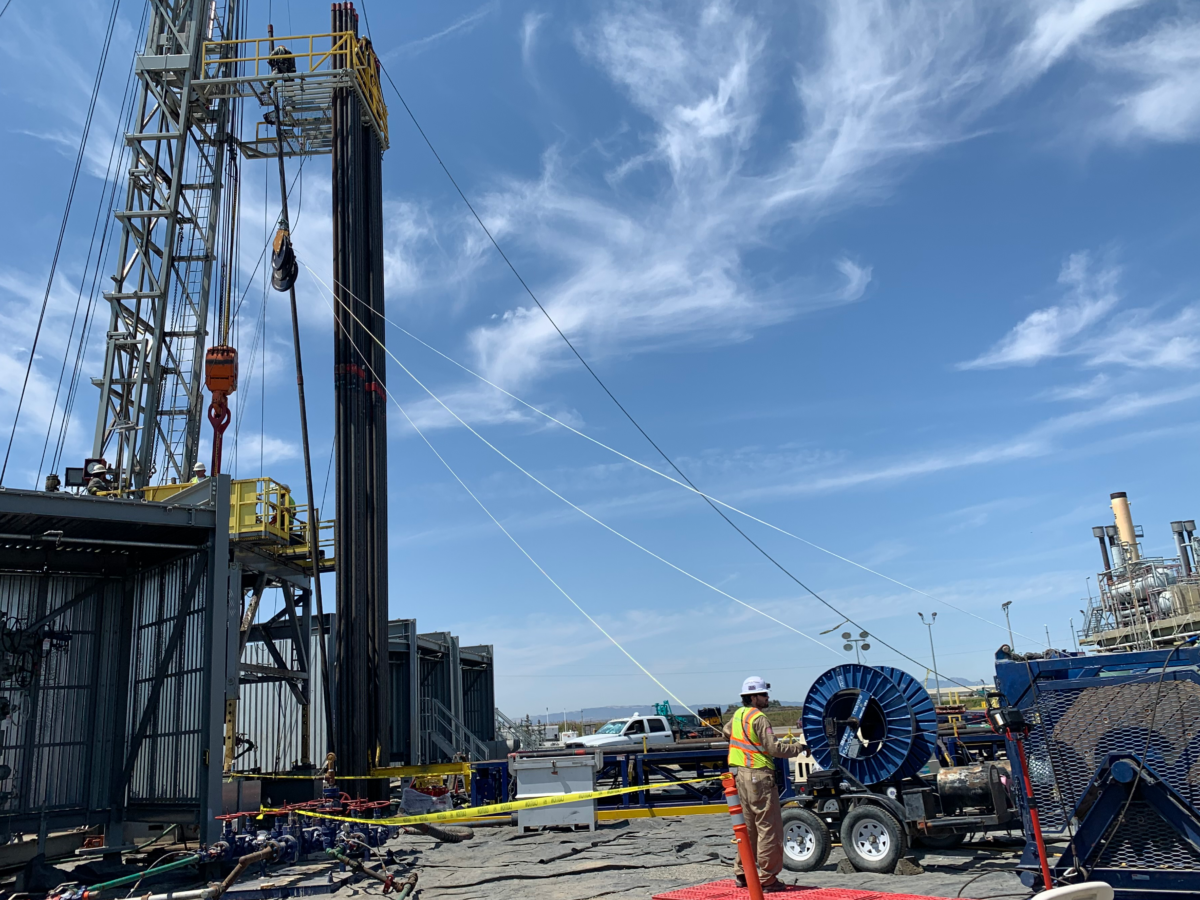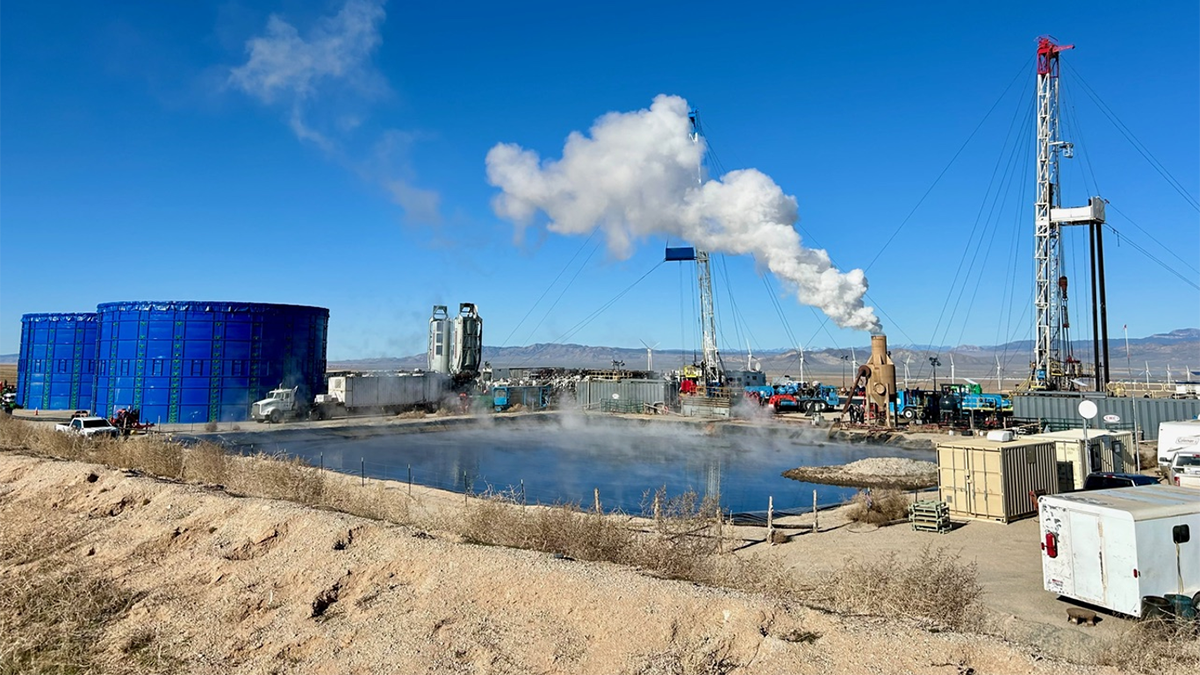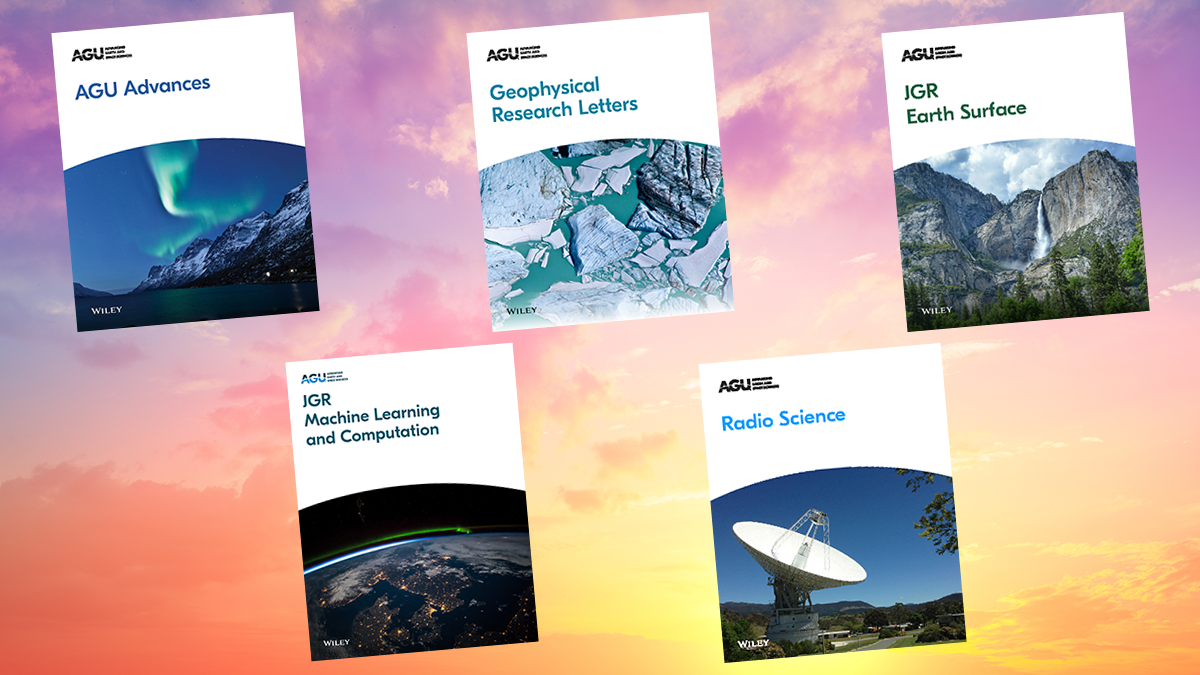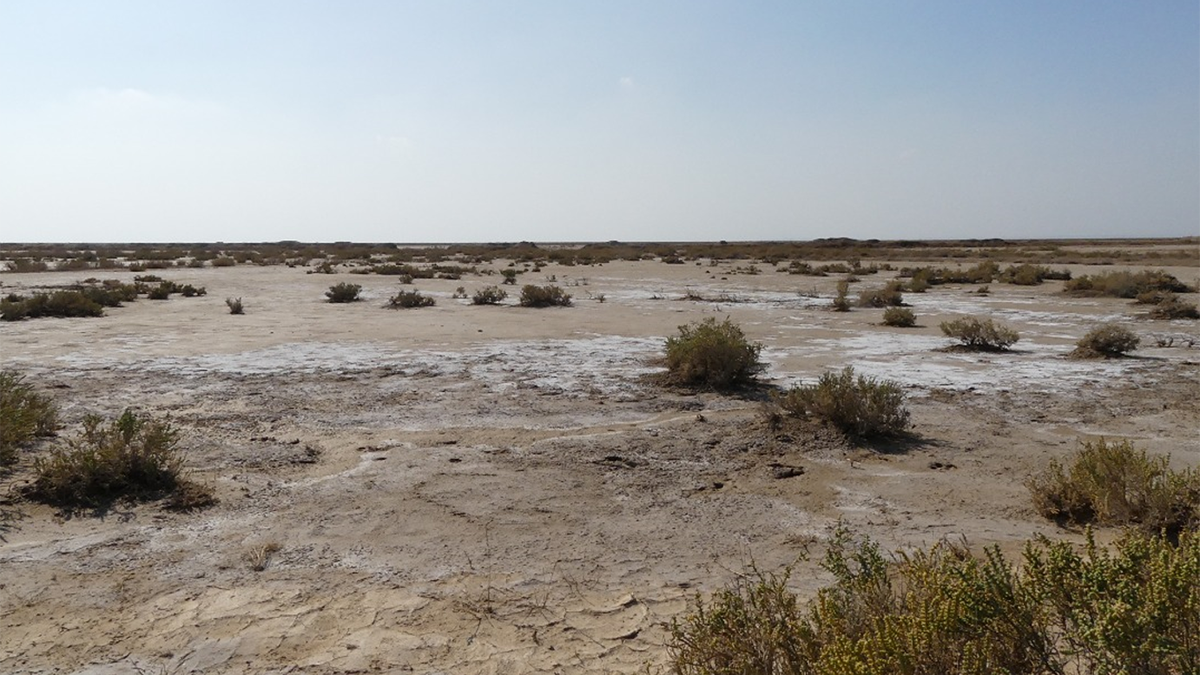The impacts of COVID-19 on short-lived pollutants highlight the predominant influence of the transportation sector and the resulting changes in regional climates and ecosystems.
Editors’ Vox
Editorial Handover at AGU Advances
The outgoing and incoming Editors-in-Chief of AGU Advances reflect on recent years of growth and expansion in the journal while they plan for the challenges ahead.
Turning Carbon into Stone: Unlocking Mineralization in Fractured Rock
Carbon mineralization is a promising solution for mitigating greenhouse gas emissions, but we must learn to optimize the complex interplay between reactions and mechanics in fractures to develop a scalable solution.
Steering Geophysical Research Letters Forward: A Focus on Excellence and Global Inclusivity
Meet the new Editor-in-Chief of Geophysical Research Letters and discover his plans to shape the journal’s role in advancing the Earth and space sciences.
Listening to Earth’s Subsurface with Distributed Acoustic Sensing
A new book examines how fiber-optic cables installed in boreholes can monitor seismic activity, fluid flow, subsurface temperatures, and more.
Guidelines for Managing Induced Seismicity Risks
Consolidating state-of-the-art science into guidelines provides a path forward for managing induced seismicity risks and highlights avenues for future research.
Announcing New AGU Journal Editors-in-Chief Starting in 2025
AGU is excited to welcome new Editors-in-Chief for five of our journals in 2025.
Unlocking the Power of Synthetic Aperture Radar for Geosciences
Due to its unique ability to monitor Earth’s surface, Synthetic Aperture Radar plays a pivotal role in revolutionizing the geosciences.
Soil Salinization: A Rising Threat to Ecosystems and Global Food Security
As soil salinization intensifies, it poses serious threats to ecosystems, soil health, global food security and socio-economic stability.
What’s On the Horizon for Open Access Geoscience Books?
On the first anniversary of their partnership, AGU and the Geological Society of London reflect on the GeoHorizons series and why open access books are valuable for the geoscience community.










